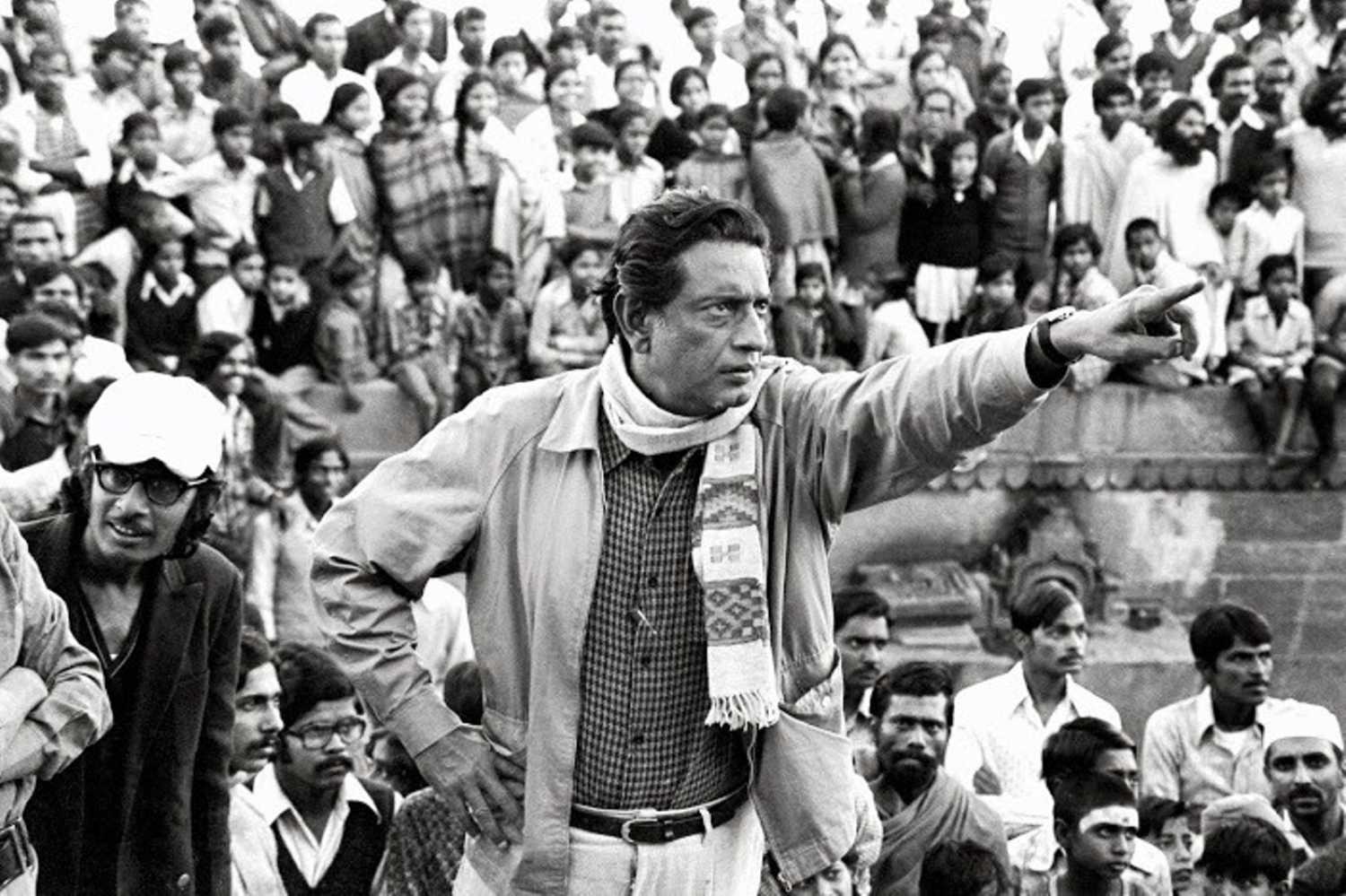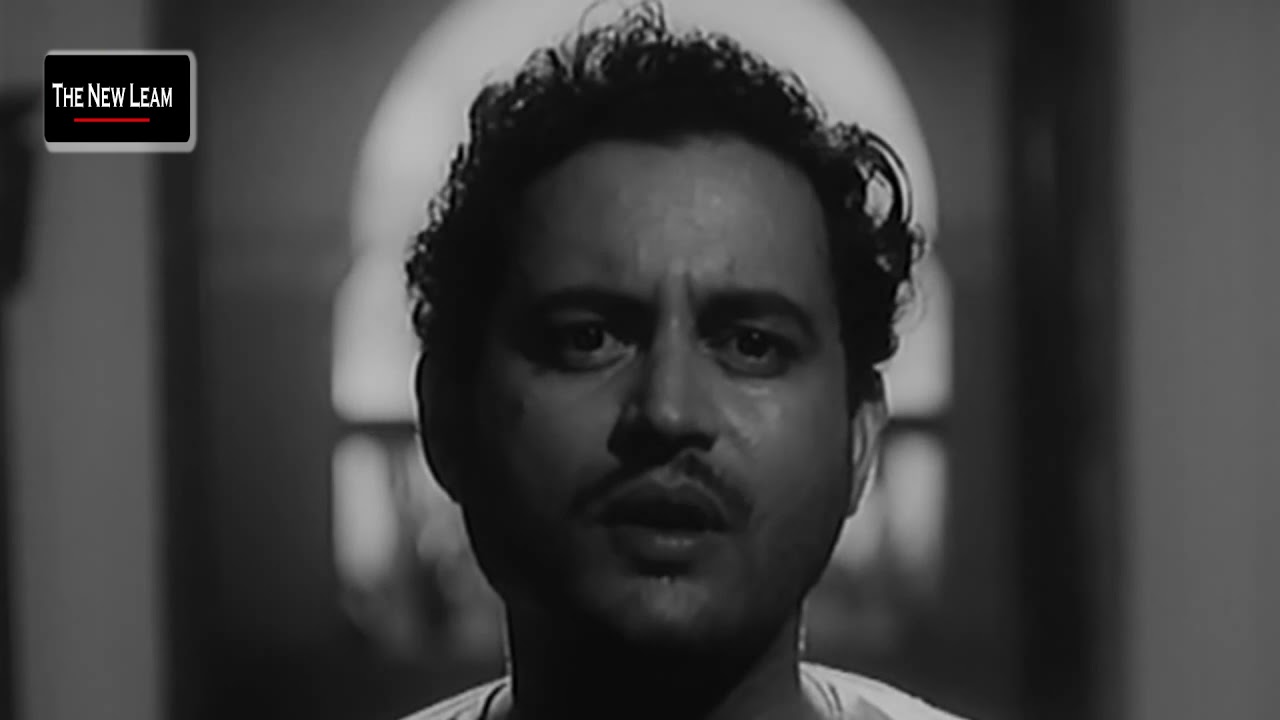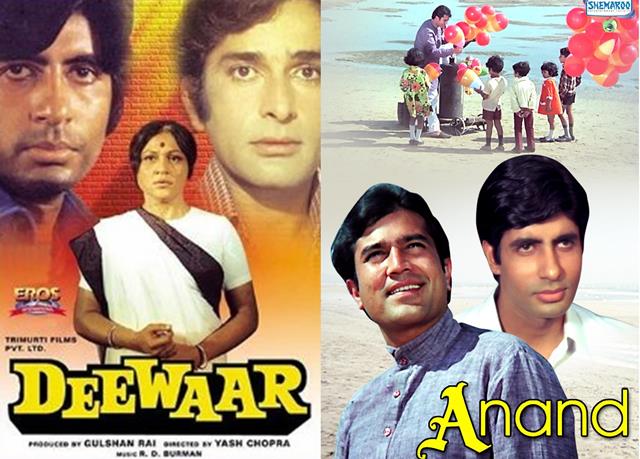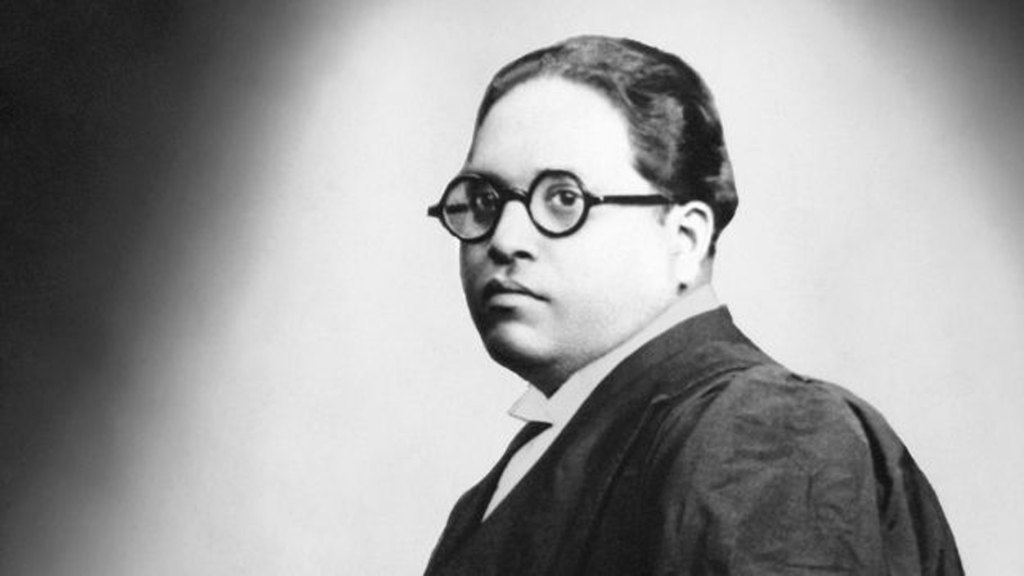
You perhaps do not need to be a Netflix junkie to know the immense impact that the series Adolescence is having on people’s minds. With viewers discussing the grave issues raised by the series to media platforms appreciating the makers for building a heart touching narrative around an issue that is uncomfortable and even discerning. It would not be wrong to say that a series such as Adolescence is important not only because it raises an important issue but also because it highlights its serious implications for a family in particular and the society at large. For those who are still roaming the unfamiliar terrain, the four-episode series revolve around a knife crime committed by a thirteen-year-old boy who brutally stabs is female classmate. The series follows the boy and his family from the police interrogation room to the school vicinity and finally the youth psychiatry facility where he eventually awaits trial. The series also shows us how he finally pleads guilty while his family battles to come back to some sort of normalcy. But while the story is indeed about the teen murderer and the ways in which life completely alters for him and his family in the aftermath of the crime, it successfully throws light on a overwhelming hike in knife-crimes in the U.K. especially among adolescent or young boys. In recent years, a majority of knife-crimes in the United Kingdom have shown very young men commit these acts of violence against young women. The series also looks at how the domination of social media has a role to play in the rising normalization of cultural misogyny. Any keen viewer will not find it impossible to realize that the series shows us how young people in the United Kingdom especially the men are culturally brought up to feel that women or girls are inferior to them. What is even more interesting here is that Adolescence as a series does not allow is any mental comfort by suggesting that such acts of violence are isolated misogynistic events and the reality is better, instead it links the dots between the unprecedented impact of social media on children’s psychology and the resultant lack of meaninglessness and inner void. The show’s protagonist Jamie delves deep into a dark psychological zone where the real and fictional can no longer be separated, where social media becomes a guiding force and a dark nihilistic demeanor overseeds all sanity. Indeed, Adolescence deals with a tough issue, charters the toughest terrain. The series talks about the dark implications of incel culture and the radicalization of young men under social media. We are taken on a roller coaster rider as young Jamie is arrested based on a CCTV footage that shoes him fatally stabbing his female classmate. Did Jamie really murder her? Why would Jamie do such a thing? What were the circumstances that pushed this young boy into committing such a heinous crime? It is with these questions that the storyline compels us to ask what is wrong with our world where young boys are stabbing young girls and it is repeating itself all the time. The series begins and ends in the room, the room where the protagonist spent most of his adolescent life. It is perhaps a metaphoric way of saying that this is where Jamie as a person was created. The series compels all to think about corrosive masculinity as we are taken on a journey of the protagonist from boyhood to manhood and the process of his radicalization. The series has also had a lasting impact because as the directors claim it was shot in one take and the actors have all made very believable, extremely impactful performances. It is from here that the focus shifts from who committed the crime to why was the crime committed. As any careful viewer would agree, it is in the wake of murder that we are left thinking why what happened, happened. Are the parents to blame, or is it the school, is it the community or is it the larger world that we are living in? It is about male rage and corrosive aspects of masculinity and the grave impact of deep-seated fear of rejection that men do find as dreading and difficult to deal with. The impact of the internet and social media are also at the heart of the series and its effect on young people’s notions of masculinity and assertive selfhood. The same holds true for young adolescent girls who develop a burning desire for obtaining unrealistic beauty standards and highly eroticized versions of the feminine.
An overt obsession with social media builds a hyper-reality and cuts individuals especially young vulnerable people from a sense of the real world. Conflicted, fragmented and broken personalities are created that are psychologically weak and emotionally tormented. Knife-crimes are on the rise in the western world but corrosive masculinity is impacting the people everywhere in the world and manifesting itself in unprecedented forms of violence, torture and suppression of women. Congratulations to the makers of the series for talking about an issue less talked about, a crisis seldom addressed.













